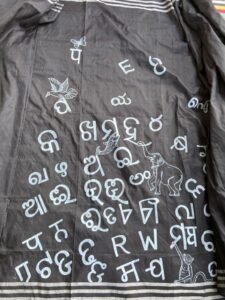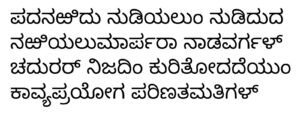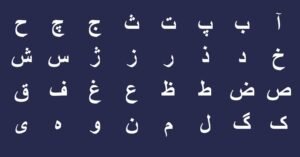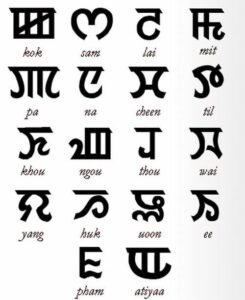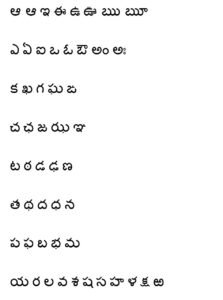India is known for its rich linguistic diversity, and it has a long history of classical languages that have played significant roles in the development of Indian culture, literature, and philosophy. The classical languages of India are recognized for their ancient origins, extensive literature, and enduring influence. The following are the six classical languages of India:
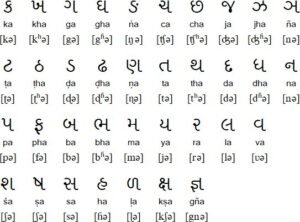
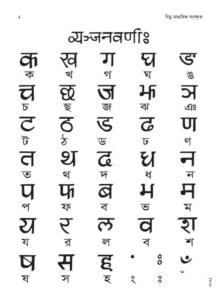
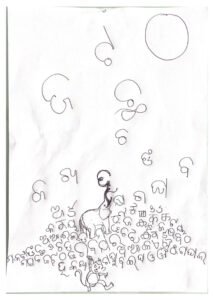
2. Odia: Odia is one of the classical languages of India with a vibrant literary and cultural history, and it continues to be spoken and celebrated by millions of people in Odisha and other parts of the world. It was granted the status of a classical language by the Government of India, recognizing its rich heritage, antiquity, and distinctiveness. has a rich literary tradition dating back several centuries. It is derived from the Prakrit language and is closely related to other Indo-Aryan languages such as Bengali, Assamese, and Maithili. It has its roots in the ancient Brahmi script and has undergone various script changes over the years. Currently, Odia is written using the Odia script, which is a modification of the ancient Kalinga script. It has a significant body of classical literature, which includes poetry, prose, and drama. The earliest known example of Odia literature is the Mahabharata written by Sarala Das in the 15th century. The medieval period saw the emergence of several poets and scholars who contributed to Odia literature, including Jayadeva, the author of the famous Gita Govinda. The 19th century witnessed a revival of Odia literature with the advent of the Odia Renaissance. Fakir Mohan Senapati, a prominent figure of this period, is often referred to as the father of modern Odia literature. His works laid the foundation for a modern writing style in Odia. The Odia language has also contributed to the field of music, with its own distinct style of classical music called Odissi music. Odissi music is characterized by its melodic richness, intricate rhythms, and lyrical compositions. To view our product(https://pencilforchange.com/product/grey-6-classical-languages-of-india-and-animal-planet/).
3. Telugu: Telugu is a Dravidian language spoken primarily in the southern Indian state of Andhra Pradesh and Telangana. It is another classical language of India with a long literary history. Telugu literature dates back to the 11th century, with notable works like Nannaya’s Mahabharata and Srinatha’s Sringara Naishadham. Telugu has a distinctive script and is one of the most widely spoken classical languages in India.
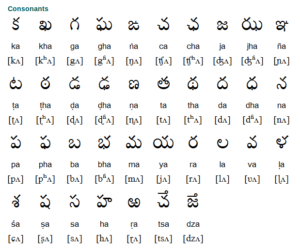

4. Kannada: Kannada is also a Dravidian language, primarily spoken in the southern Indian state of Karnataka. It has a rich tradition of literature that dates back to the 9th century. Kannada literature encompasses a wide range of genres, including poetry, drama, and prose. The Vachana Sahitya, a form of devotional poetry, and works by poets like Pampa and Kuvempu have contributed significantly to Kannada literature. To View our product (https://pencilforchange.com/product/6-classical-languages-of-india-and-animal-planet-tie-dye-ikat-mulberry-silk-handwoven-hand-painted-patachitra-saree/)
5. Malayalam: Malayalam is a Dravidian language primarily spoken in the southern Indian state of Kerala. It has a distinct script and is known for its diverse literary heritage. Malayalam literature includes a wide range of genres, such as poetry, novels, plays, and short stories. The works of renowned writers like Thunchaththu Ezhuthachan, Kumaran Asan, and Vaikom Muhammad Basheer have greatly influenced Malayalam literature.
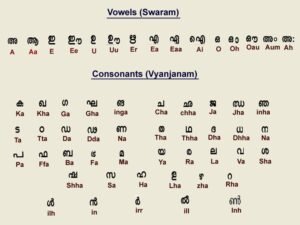

6. Tamil: Tamil is one of the oldest living languages in the world and has a rich literary tradition dating back over two thousand years. It has been declared a classical language by the Government of India due to its ancient origins, sophisticated grammar, and vast body of literature. The Sangam literature, composed between 300 BCE and 300 CE, is a significant contribution of Tamil literature and encompasses various genres such as poetry, drama, and philosophy.
These classical languages of India have not only shaped the literature and cultural fabric of the country but have also contributed to the development of other languages and influenced various fields such as philosophy, linguistics, and art.









